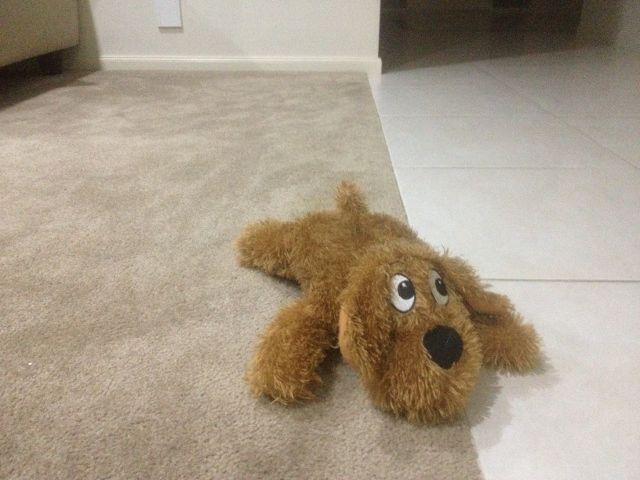Slip Resistance of Carpet in the Building Code
Carpet is generally a slip resistant material, however it is required to have slip resistance test certificates to ensure that it meets the requirements of the Building Code of Australia (BCA). The prescriptive requirements of the BCA are that carpets used in stairs, landings and pedestrian ramps be of a certain slip rating. This includes the following slip resistance requirements for both wet and dry conditions:
- Carpet Stair Treads
- Dry – P3 pendulum rating or R10 oil wet ramp rating
- Wet P4 pendulum slip rating or R11 ramp rating
- Ramps made of carpet steeper than 1 in 14
- Dry – P4 pendulum rating or R11 oil wet ramp rating
- Wet P5 pendulum slip rating or R12 rating
- Ramps made of carpet steeper than 1 in 20 but not more than 1 in 14
- Dry – P3 pendulum rating or R10 oil wet ramp rating
- Wet P4 pendulum slip rating or R11 rating
Slip Testing of Carpet
The wet pendulum test method is one way in which the slip resistance of carpet can be determined. This is modified slightly from the test outlined in the 2004 version of AS 4586. In the new Australian Standard for slip testing AS 4586:2013, the pendulum test is conducted on the floor surface in dry conditions. The result is given as a P rating from P0 to P5, with P5 being the highest slip rating that can be provided to carpet.
Alternatively the oil wet ramp test can be conducted on carpet. This test is a laboratory based test which simulates the effect of motor oil. This test is one of the most commonly used slip ratings used to determine compliance. Safe Environments is one of two labs in Sydney, as at November 2014 that are accredited to undertake this type of slip testing on carpet.
Carpet Slip Testing Reports
To ensure that the carpet that is installed within e new development complies with the building codes, it is recommended that a test certificate be obtained. The test certificate outlining the slip rating of the carpet should be conducted by a laboratory that is accredited by the National Association of Testing Authorities (NATA) so that the results can be relied upon.
For more information on testing the slip resistance of carpet and other fabric materials, please contact Safe Environments, based in Sydney and Melbourne or the Carpet Institute of Australia.
Author: Carl Strautins

Email: Carl@SafeEnvironments.com.au
Web: www.SafeEnvironments.com.au
As a principle at Safe Environments, Carl Strautins first started his career at CSIRO conducting research in slip resistance and developed the accelerated wear slip resistance test. He holds a degree in materials science, masters in occupational health and safety and a masters in science in occupational hygiene, Carl provides guidance to industry to minimise the risk of slip and fall incidents. He is engaged on a regular basis to provide expert opinion for disputes and legal proceedings.


